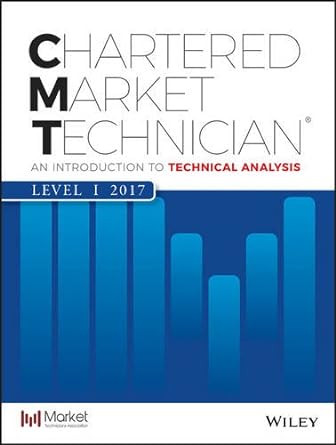

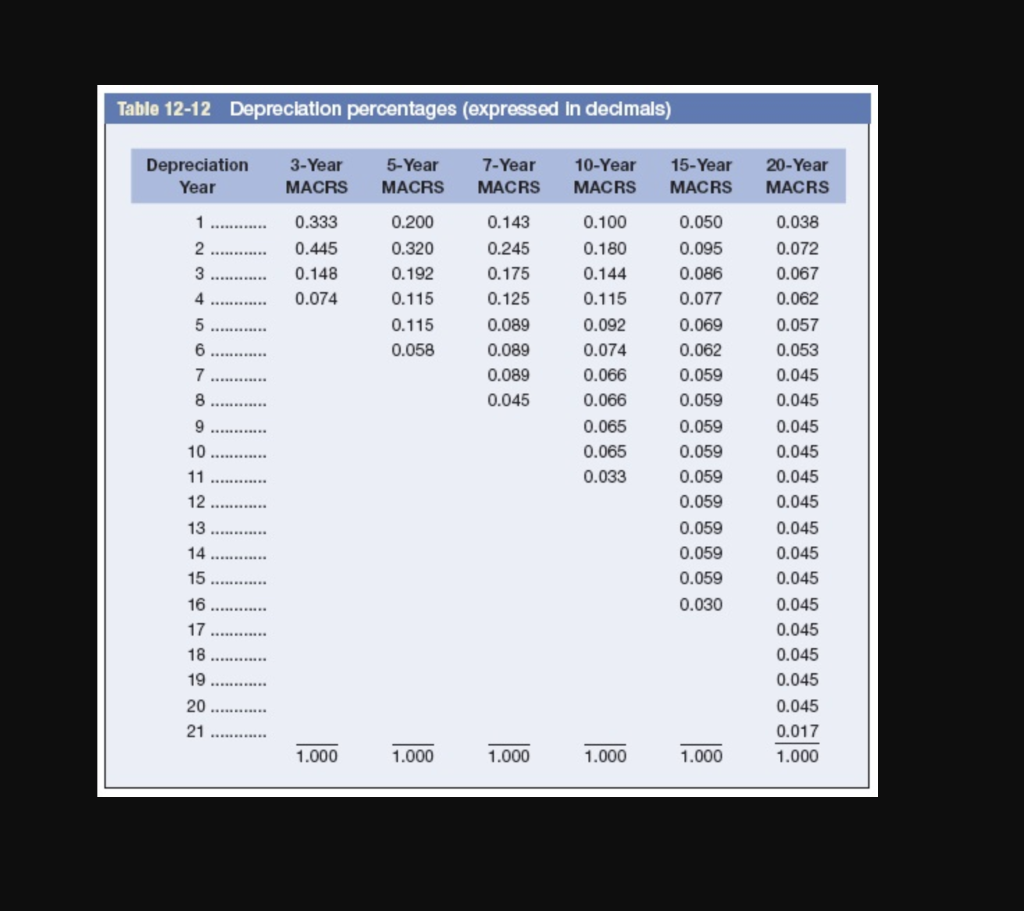
* I only need h-k2 answered! Everything else i already have!
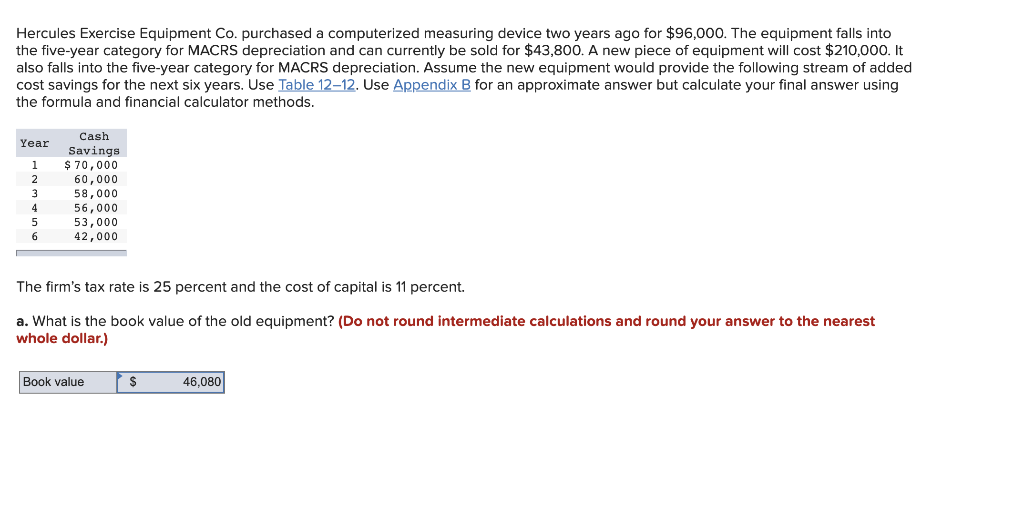
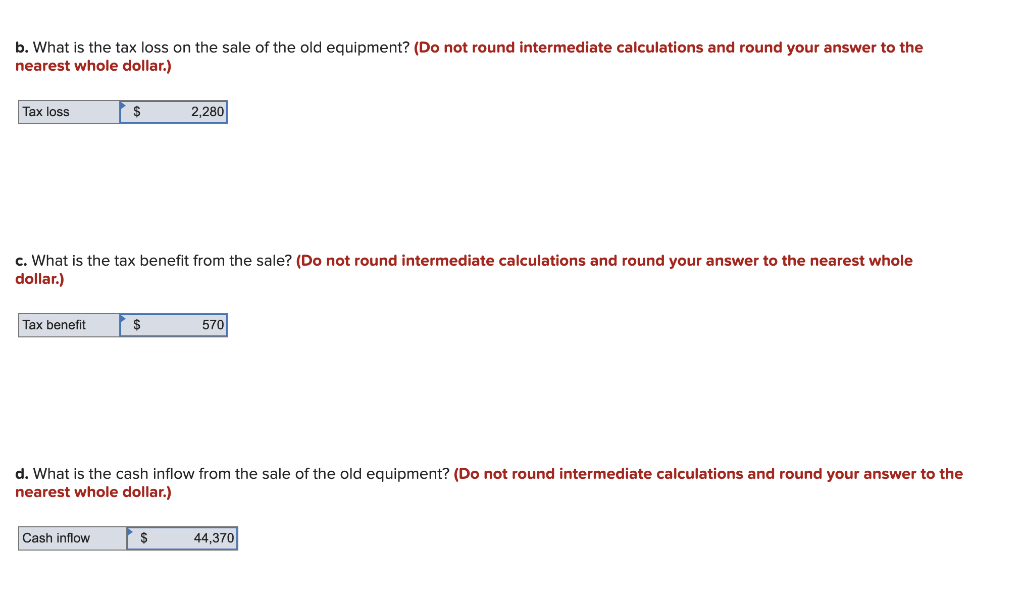

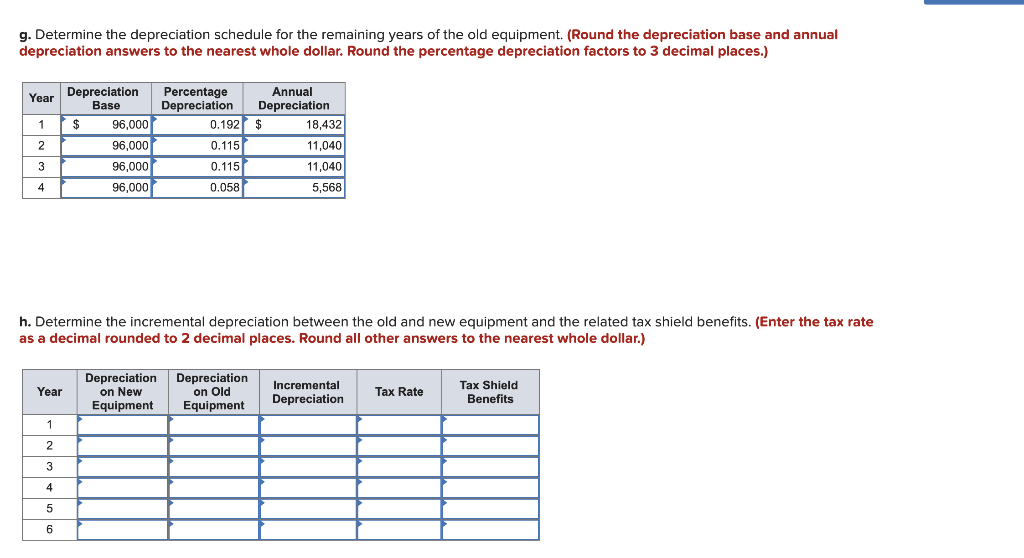
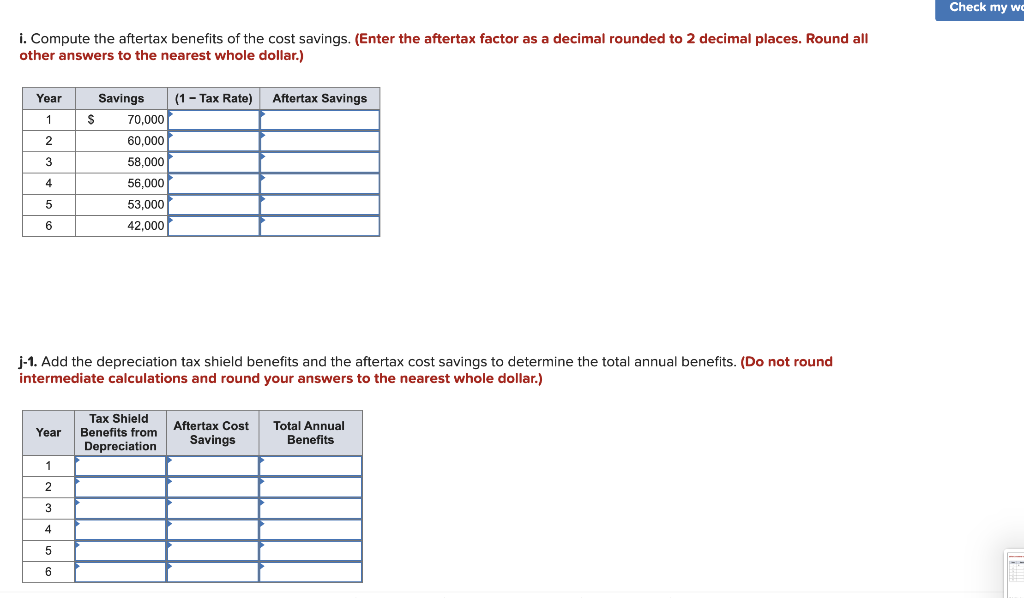
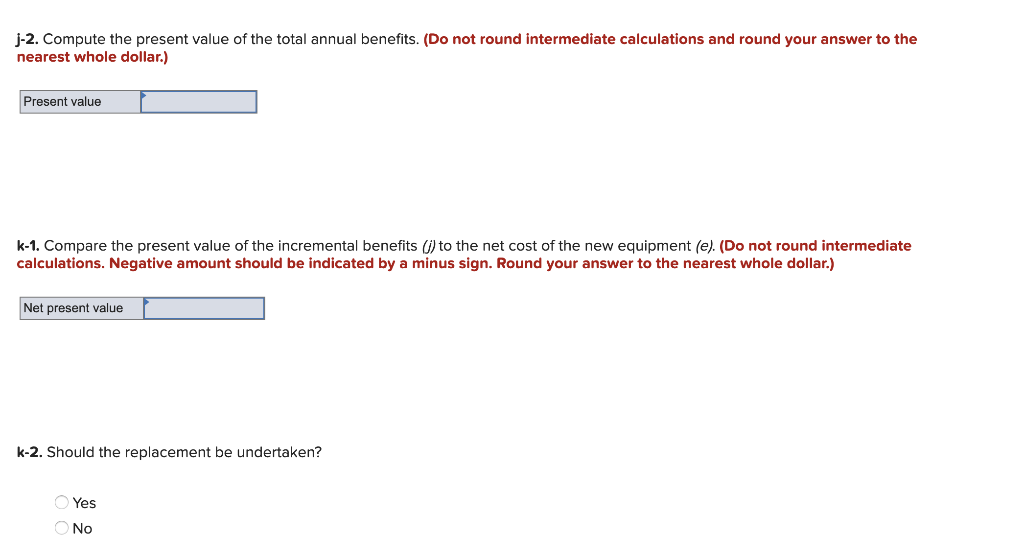
Appendix B Present value of $1, PV, PV=FV1 Period 2% 3% 0 2 ...... 1% 0.990 0.980 0.971 0.961 0.951 0.942 0.933 0.923 0.914 0.905 0.896 0.887 0.879 0.870 0.861 0.853 0.844 0.836 0.828 0.820 0.780 0.742 0.672 0.608 0.961 0.942 0.924 0.906 0.888 0.871 0.853 0.837 0.820 0.804 0.788 0.773 0.758 0.743 0.728 0.714 0.700 0.686 0.673 0.610 0.552 0.453 0.372 0.943 0.915 0.888 0.863 0.837 0.813 0.789 0.766 0.744 0.722 0.701 0.681 0.661 0.642 0.623 0.605 0.587 0.570 0.554 0.478 0.412 0.307 0.228 4% 0.962 0.925 0.889 0.855 0.822 0.790 0.760 0.731 0.703 0.676 0.650 0.625 0.601 0.577 0.555 0.534 0.513 0.494 0.475 0.456 0.375 0.308 0.208 0.141 5% 0.952 0.907 0.864 0.823 0.784 0.746 0.711 0.677 0.645 0.614 0.585 0.557 0.530 0.505 0.481 0.458 0.436 0.416 0.396 0.377 0.295 0.231 0.142 0.087 Percent 6% 7% 0.943 0.935 0.890 0.873 0.840 0.816 0.792 0.763 0.747 0.713 0.705 0.666 0.665 0.623 0.627 0.582 0.592 0.544 0.558 0.508 0.527 0.475 0.497 0.444 0.469 0.415 0.442 0.388 0.417 0.362 0.394 0.339 0.371 0.317 0.350 0.296 0.331 0.277 0.312 0.258 0.233 0.184 0.174 0.131 0.097 0.067 0.054 0.034 8% .926 0.857 0.794 0.735 0.681 0.630 0.583 0.540 0.500 0.463 0.429 0.397 0.368 0.340 0.315 0.292 0.270 0.250 0.232 0.215 0.146 0.099 0.046 0.021 9% 0.917 0.842 0.772 0.708 0.650 0.596 0.547 0.502 0.460 0.422 0.388 0.356 0.326 0.299 0.275 0.252 0.231 0.212 0.194 0.178 0.116 0.075 0.032 0.013 10% 11% 0.909 0.901 0.826 0.812 0.751 0.731 0.683 0.659 0.621 0.593 0.564 0.535 0.513 0.482 0.467 0.434 0.424 0.391 0.386 0.352 0.350 0.317 0.319 0.286 0.290 0.258 0.263 0.232 0.239 0.209 0.218 0.188 0.198 0.170 0.180 0.153 0.164 0.138 0.149 0.124 0.092 0.074 0.057 0.044 0.022 0.015 0.0090.005 12% 0.893 0.797 0.712 0.636 0.567 0.507 0.452 0.404 0.361 0.322 0.287 0.257 0.229 0.205 0.183 0.163 0.146 0.130 0.116 0.104 0.059 0.033 0.011 0.003 Appendix B (concluded) Present value of $1 Period 16% 0.862 0.743 13% 0.885 0.783 0.693 0.613 0.543 0.480 0.425 0.376 0.333 0.295 0.261 0.231 0.204 0.181 0.160 0.141 0.125 0.111 14% 0.877 0.769 0.675 0.592 0.519 0.456 0.400 0.351 0.308 0.270 0.237 0.208 0.182 0.160 0.140 0.123 0.108 0.095 35% 0.741 0.549 0.406 0.301 0.223 0.165 0.122 0.091 0.067 0.050 15% 0.870 0.756 0.658 0.572 0.497 0.432 0.376 0.327 0.284 0.247 0.215 0.187 0.163 0.141 0.123 0.107 0.093 0.081 0.070 0.061 0.030 0.015 0.004 0.001 0.056 0.552 0.476 0.410 0.354 0.305 0.263 0.227 0.195 0.168 0.145 0.125 0.108 0.093 0.080 0.069 0.060 0.051 0.024 0.012 0.003 0.001 17% 0.855 0.731 0.624 0.534 0.456 0.390 0.333 0.285 0.243 0.208 0.178 0.152 0.130 0.111 0.095 0.081 0.069 0.059 0.051 0.043 0.020 0.009 0.002 0 0.037 Percent 19% 0.840 0.706 0.593 0.499 0.419 0.352 0.296 0.249 0.209 0.176 0.148 0.124 0.104 0.088 0.074 0.062 0.052 0.044 0.037 0.031 0.013 0.005 0.001 0 18% 0.847 0.718 0.609 0.515 0.437 0.370 0.314 0.266 0.225 0.191 0.162 0.137 0.116 0.099 0.084 0.071 0.060 0.051 0.043 0.037 0.016 0.007 0.001 0 40% 0.714 0.510 0.364 0.260 0.186 0.133 0.095 0.068 0.048 0.035 0.025 0.018 0.013 0.009 0.006 0.005 0.003 0.002 0.002 0.001 20% 25% 30% 0.833 0.800 0.769 0.694 0.640 0.592 0.5790.512 0.455 0.482 0.4100.350 0.402 0.328 0.269 0.335 0.262 0.207 0.279 0.210 0.159 0.233 0.168 0.123 0.194 0.134 0.094 0.162 0.107 0.073 0.135 0.086 0.112 0.069 0.043 0.093 0.055 0.033 0.078 0.044 0.025 0.065 0.035 0.020 0.054 0.028 0.028 0.015 0.045 0.023 0.012 0.038 0.018 0.009 0.031 0.014 0.007 0.026 0.012 0.005 0.010 0.004 0.001 0.004 0.001 0.001 0 0 50% 0.667 0.444 0.296 0.198 0.132 0.088 0.059 0.039 0.026 0.017 0.012 0.008 0.005 0.003 0.002 0.002 0.001 0.001 0 0.027 0.020 0.015 0.011 0.008 0.006 0.005 0.003 0.002 0.001 0.087 0.047 0.026 0.008 0.002 0.073 0.038 0.020 0.005 0.001 OOOOO O Table 12-12 Depreciation percentages (expressed in decimals) Depreciation Year 3-Year MACRS 5-Year MACRS 7-Year MACRS 10-Year MACRS 15-Year MACRS 20-Year MACRS 1 ............ 0.333 0.445 0.148 0.074 ............. 0.200 0.320 0.192 0.115 0.115 0.058 0.143 0.245 0.175 0.125 0.089 0.089 0.089 0.045 0.100 0.180 0.144 0.115 0.092 0.074 0.066 0.066 0.065 0.065 0.033 0.050 0.095 0.086 0.077 0.069 0.062 0.059 0.059 0.059 0.059 0.059 0.059 0.059 0.059 0.059 0.030 0.038 0.072 0.067 0.062 0.057 0.053 0.045 0.045 0.045 0.045 0.045 0.045 0.045 0.045 0.045 0.045 0.045 0.045 0.045 0.045 0.017 1.000 20 ..... 1.000 1.000 1.000 1.000 1.000 Hercules Exercise Equipment Co. purchased a computerized measuring device two years ago for $96,000. The equipment falls into the five-year category for MACRS depreciation and can currently be sold for $43,800. A new piece of equipment will cost $210,000. It also falls into the five-year category for MACRS depreciation. Assume the new equipment would provide the following stream of added cost savings for the next six years. Use Table 12-12. Use Appendix B for an approximate answer but calculate your final answer using the formula and financial calculator methods. Year Cash Savings $ 70,000 60,000 58,000 56,000 53,000 42,000 The firm's tax rate is 25 percent and the cost of capital is 11 percent. a. What is the book value of the old equipment? (Do not round intermediate calculations and round your answer to the nearest whole dollar.) Book value $ 46,080 b. What is the tax loss on the sale of the old equipment? (Do not round intermediate calculations and round your answer to the nearest whole dollar.) Tax loss $ 2,280 c. What is the tax benefit from the sale? (Do not round intermediate calculations and round your answer to the nearest whole dollar.) Tax benefit $ 570 d. What is the cash inflow from the sale of the old equipment? (Do not round intermediate calculations and round your answer to the nearest whole dollar.) Cash inflow $ 44,370 e. What is the net cost of the new equipment? (Include the inflow from the sale of the old equipment.) (Do not round intermediate calculations and round your answer to the nearest whole dollar.) Net cost $ 165,630 f. Determine the depreciation schedule for the new equipment. (Round the depreciation base and annual depreciation answers to the nearest whole dollar. Round the percentage depreciation factors to 3 decimal places.) Year Depreciation Base 210,000 210,000 210.000 Percentage Depreciation 0.200 0.320 0.192 0.1151 0.115 0.058 Annual Depreciation $ 42,000 67,200 40,320 24,150 24,150 12,180 210,000 210.000 210,000 210,000 g. Determine the depreciation schedule for the remaining years of the old equipment. (Round the depreciation base and annual depreciation answers to the nearest whole dollar. Round the percentage depreciation factors to 3 decimal places.) Year 1 2 3 Depreciation Base $ 96,000 96,000 96,000 96,000 Percentage Depreciation 0.192 0.115 0.115| 0.058 Annual Depreciation $ 18,432 11,040 11,040 5,568 h. Determine the incremental depreciation between the old and new equipment and the related tax shield benefits. (Enter the tax rate as a decimal rounded to 2 decimal places. Round all other answers to the nearest whole dollar.) Year Depreciation on New Equipment Depreciation on Old Equipment Incremental Depreciation Tax Rate Tax Shield Benefits Check my wc i. Compute the aftertax benefits of the cost savings. (Enter the aftertax factor as a decimal rounded to 2 decimal places. Round all other answers to the nearest whole dollar.) (1 - Tax Rate) Aftertax Savings Year 1 $ Savings 70,000 60,000 58,000 56,000 53,000 42,000 j-1. Add the depreciation tax shield benefits and the aftertax cost savings to determine the total annual benefits. (Do not round intermediate calculations and round your answers to the nearest whole dollar.) Year Tax Shield Benefits from Depreciation Aftertax Cost Savings Total Annual Benefits j-2. Compute the present value of the total annual benefits. (Do not round intermediate calculations and round your answer to the nearest whole dollar.) Present value k-1. Compare the present value of the incremental benefits (i) to the net cost of the new equipment (e). (Do not round intermediate calculations. Negative amount should be indicated by a minus sign. Round your answer to the nearest whole dollar.) Net present value k-2. Should the replacement be undertaken? Yes O No















